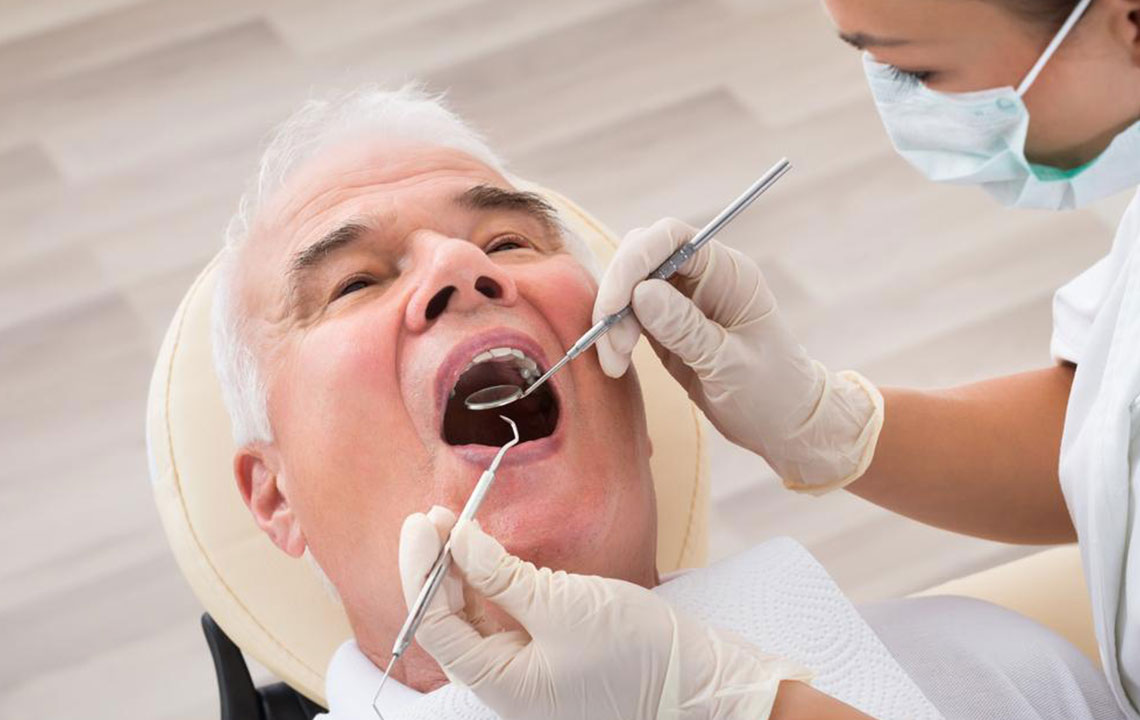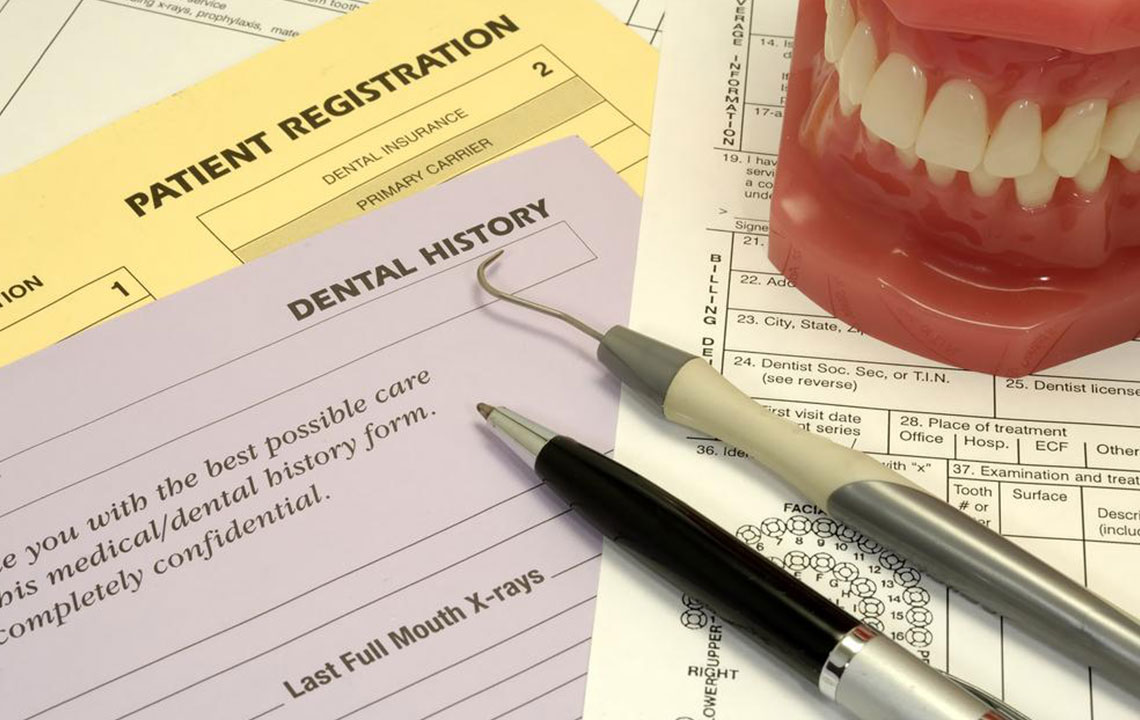Comprehensive Guide to Finding Affordable Dental Insurance for Your Dental Health Needs
Discover detailed strategies for choosing affordable dental insurance. This guide covers plan types, coverage features, limits, and tips to balance costs effectively. Protect your dental health without overspending by understanding your options and selecting the best plan for your needs.

Comprehensive Guide to Finding Affordable Dental Insurance for Your Dental Health Needs
Maintaining good oral health is essential, and regular dental visits play a vital role in preventing issues such as cavities, gum disease, and other dental problems. However, the cost of dental care can quickly accumulate, especially when multiple family members are involved or when unexpected procedures are needed. Thankfully, dental insurance plans provide an effective way to access high-quality oral healthcare services at more manageable prices, giving families and individuals peace of mind and financial security.
How to Choose the Right Dental Insurance Plan
Selecting a suitable dental insurance plan requires understanding the different options available and evaluating which plan aligns best with your specific dental health needs and budget constraints. Reliable dental insurance policies typically cover a broad spectrum of services, from routine check-ups and cleanings to more complex procedures like root canals, crowns, or oral surgeries. Investing in a comprehensive plan ensures that you can receive necessary treatments without financial hesitation, encouraging regular dental visits instead of skipped appointments due to cost concerns.
Which dental insurance plan suits your financial situation?
Identifying your monthly budget is the first step in narrowing down your options. Assess how much you can comfortably allocate toward premiums each month without sacrificing other essential expenses. Keep in mind that cheaper plans might have limited coverage, while more extensive plans could come with higher premiums but offer more comprehensive protection.
There are primarily two types of dental insurance plans: DHMO (Dental Health Maintenance Organization) and PPO (Preferred Provider Organization). Each type offers unique features and benefits, so understanding their differences is crucial in making an informed decision. PPO plans give policyholders the flexibility to visit any licensed dentist, whether inside or outside the network, by paying only a co-pay, which makes them ideal for those who prefer choice and flexibility. Conversely, DHMO plans restrict coverage to a network of pre-approved providers and often require referrals for specialist treatments, but these plans typically have lower premiums and out-of-pocket costs.
Understanding Coverage for Different Dental Procedures
Both DHMO and PPO plans generally cover essential dental services such as routine cleanings, examinations, X-rays, fillings, crowns, root canals, and extractions. Many insurance plans also extend coverage to specialty treatments like dental implants, periodontal therapy, or oral surgeries. Carefully review the plan details to ensure that the treatments you anticipate needing are covered, which can vary significantly between plans and providers.
Coverage Limits, Caps, and Out-of-Pocket Expenses
Typically, dental insurance policies feature annual coverage caps, which restrict the maximum amount an insurer will pay toward your dental treatment within a year. It’s important to ask your insurance provider about these caps, as surpassing them may result in higher out-of-pocket costs for additional procedures. While plans with higher coverage limits and caps often carry higher premiums, they are beneficial for individuals or families expecting extensive dental work.
Balancing Deductibles and Premiums
When choosing a plan, consider the deductible, which is the amount you must pay out-of-pocket before the insurer begins to cover expenses. Plans with lower deductibles typically have higher monthly premiums but reduce your initial costs when seeking treatment. Conversely, higher deductibles may lower your premiums but require you to cover more expenses upfront when receiving care. Striking the right balance based on your dental health status and financial situation is key to selecting an affordable yet comprehensive plan.
Applying these detailed tips can significantly enhance your ability to select a dental insurance plan that provides optimal coverage without overextending your budget. Proper planning and understanding of different plan options ensure you can maintain healthy teeth and gums with confidence and financial peace of mind.





